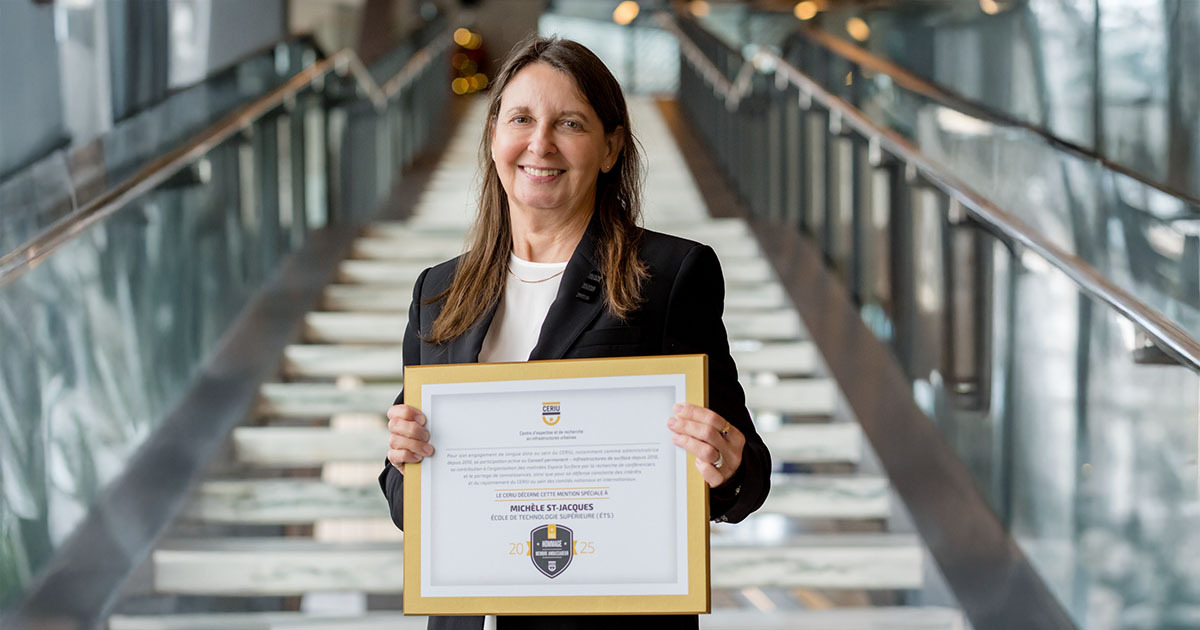
As part of the festivities surrounding its 50th anniversary, ÉTS is unveiling a unique initiative that will bring a touch of greenery and freshness to Montreal. Starting on August 12, 2024, the Montreal community and public transit users will be able to discover new green roofs on transit shelters in the Ville-Marie and Rosemont-La-Petite-Patrie boroughs.
This two-year pilot project, in cooperation with Quebecor Out-of-Home and Les Toits Vertige, aims not only to beautify public spaces, but also provide hard data to evaluate the potential benefits of installing green roofs on transit shelters and determine their large-scale applicability.
To learn more about this project, please refer to the press release.


Created, installed, and maintained by Les Toits Vertige, a company founded by an ÉTS graduate and incubated at Centech, the green roofs are located at the intersections of Robert-Bourassa/Saint-Jacques and Sherbrooke East/Pie-IX.
This initiative aligns with ÉTS’s commitment to extending its urban biodiversity efforts beyond its campus and contributing to the city’s climate change response measures.
The Impact of Green Roofs in Urban Areas
Recent research clearly demonstrates the positive impacts of green roofs, particularly in reducing heat islands, managing stormwater, and promoting biodiversity. This pilot project will allow ÉTS construction engineering researchers Danielle Monfet and Jean-Luc Martel to determine whether similar effects can be observed on small surfaces. By equipping two Montreal transit shelters with sensors, they will collect hard data and evaluate the effects of these installations.

The expected benefits and effects are numerous; here are a few examples:
- By absorbing a significant portion of rainfall, they reduce the volume of water reaching urban drainage systems, thereby improving stormwater management and preventing flooding;
- By regulating the interior temperature of transit shelters, they create a more comfortable environment for users, especially during periods of intense heat;
- By enriching urban biodiversity through providing a habitat for various plant and animal species;
- By beautifying the urban landscape and contribute to our collective well-being.
These effects are just a few of the observed benefits of green roofs. Other potential advantages include improved air quality, reduction of urban heat islands, and extended roof lifespan.
ÉTS and its partners hope that this pilot project will yield valuable data and pave the way for future expansion of this initiative, potentially equipping a greater number of transit shelters with green roofs throughout the city.




